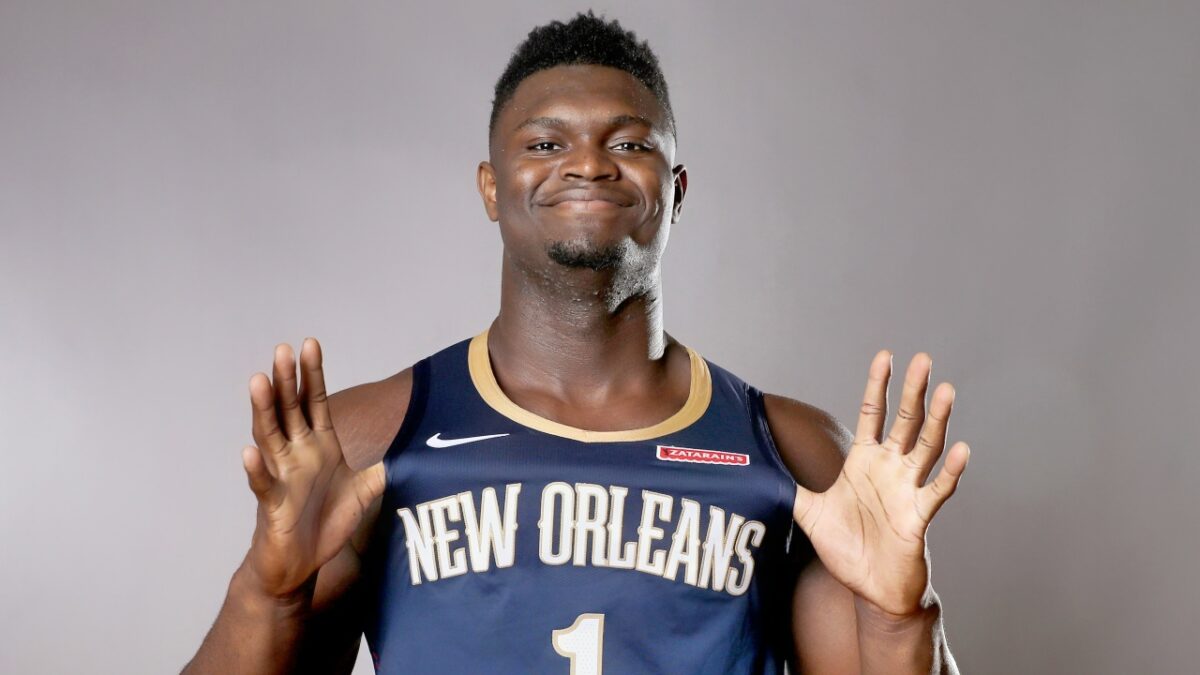
In music, an artist who has one big song and can never recreate their success is called a one-hit wonder. In sports, the equivalent would have to be a one-year wonder, someone who has one big season and then never returns to those heights.
In this list, you will find Rookie of the Year winners, All-Stars, and even an MVP and Hall of Famer. Without further ado, here are the 15 biggest one-year wonders in NBA history.
Jeremy Lin (2011-2012)
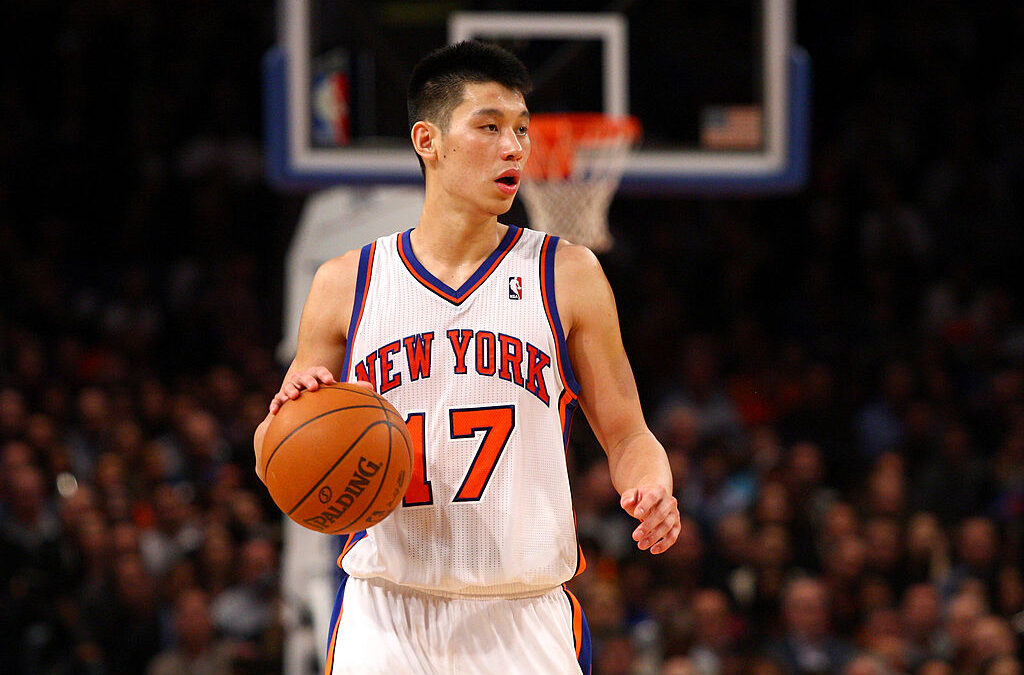
No NBA list talking about one-year wonders would be complete without talking about the best-known example in history. “Linsanity,” as Lin’s run in February 2012 was known, was one of the biggest stories the NBA has ever seen.
In his 26 games as a regular face in the lineup, before a meniscus tear ended his season, Lin averaged 18.5 points per game (PPG) and 7.6 assists per game (APG) and helped turn around a New York Knicks season that appeared dead in the water beforehand; the Knicks would end up with a 36-30 record and the 7 seed in the Eastern Conference.
However, it was over just as quickly as it began. Lin would never regain the heights he achieved during the Linsanity craze, as he never achieved more than 13.4 points per game over a season for the rest of his career.
Tyreke Evans (2009-2010)
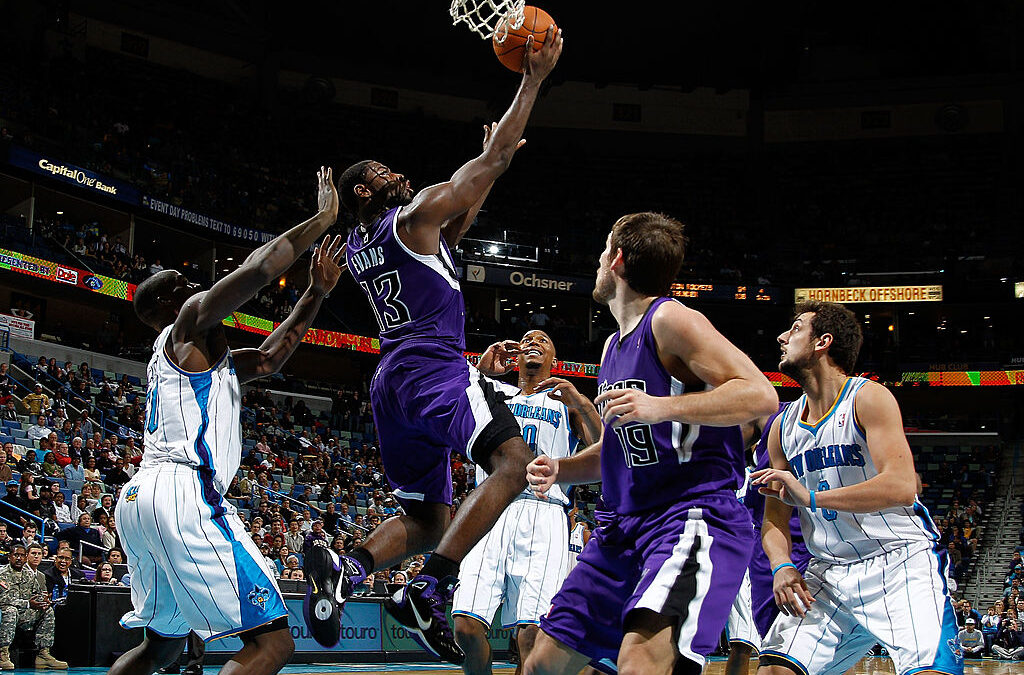
Click on ‘Follow Us’ and get notified of the most viral NBA stories via Google! Follow Us
When Tyreke Evans came out of Memphis and went fourth overall to the Sacramento Kings, the Kings hoped that they had their small forward of the future and someone who would lead them back into contention for the first time in years.
In his rookie year, Evans set what would be career highs in minutes per game (MPG) (37.2), rebounds per game (RPG) (5.3), steals per game (SPG) (1.5), and PPG (20.1) while playing in and starting 72 games. He also added 5.8 APG and had a .458 field goal percentage (FG%).
Evans would continue to average double-digit points per game throughout most of the 2010s, but he was never able to replicate the magic of his rookie season, which ended up earning him Rookie of the Year.
Dana Barros (1994-1995)
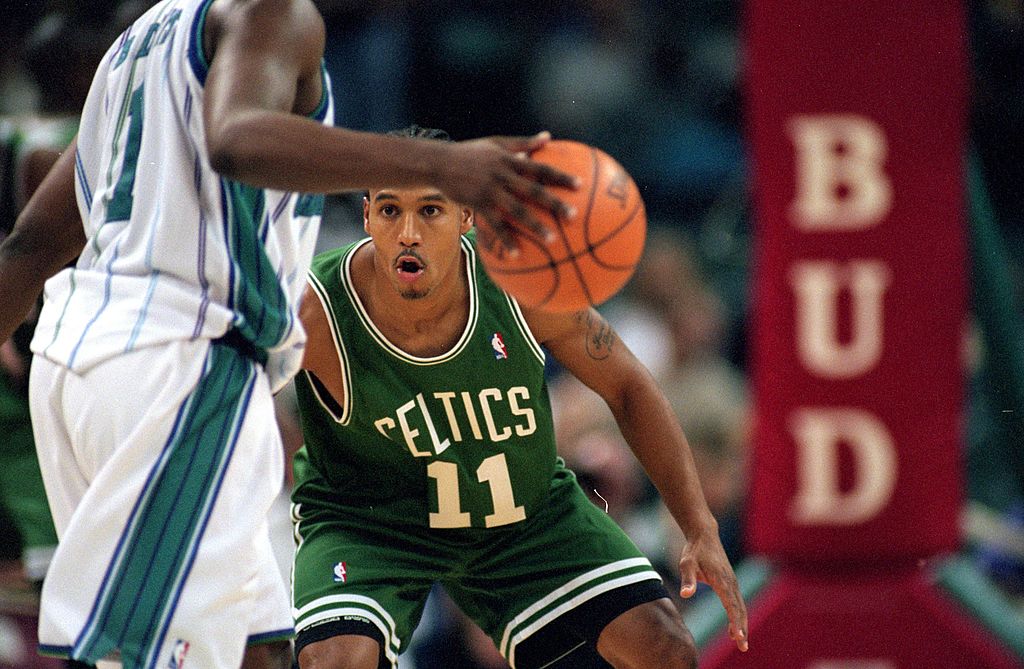
Going into the 1994-95 season, Barros was known as a bench player who had minorly broken out with the 76ers the previous year. In 94-95, however, Barros would have by far his greatest season, becoming an All-Star and winning Most Improved Player.
In 94-95, Barros would play in and start all 82 games for the only time in his career and would set career highs in MPG (40.5), PPG (20.6), three-point shooting percentage (3P%) (46.4), APG (7.5), SPG (1.8), and RPG (3.3).
For the 1995-96 season, Barros would sign for the Boston Celtics, and he would quickly transition back into being a role player.
Andrew Bynum (2011-2012)
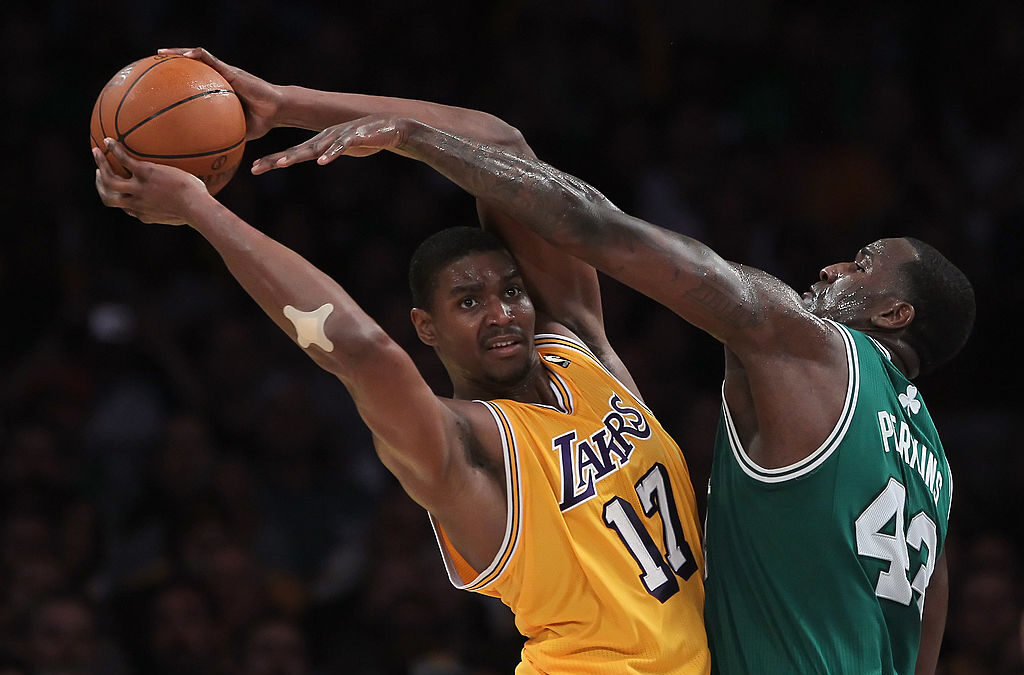
The tenth overall pick in the 2005 draft, Andrew Bynum, is famous for being both the youngest player to ever be drafted and to play in an NBA game. He is also known for being heavily injured throughout his career, but in the 2011-12 season, Bynum was able to show what his potential could have been without all of his issues.
In the 11-12 season, Bynum averaged career highs in PPG (18.7), RPG (11.8), and MPG (35.7), and added 1.9 BPG in 60 games.
However, as soon as Bynum began to show his potential, he injured both of his knees and missed the entire 2012-13 season.
In 2013-14, Bynum would spend parts of the season with Cleveland and Indiana, and he would never play in another NBA game after the season.
Aaron Brooks (2009-2010)
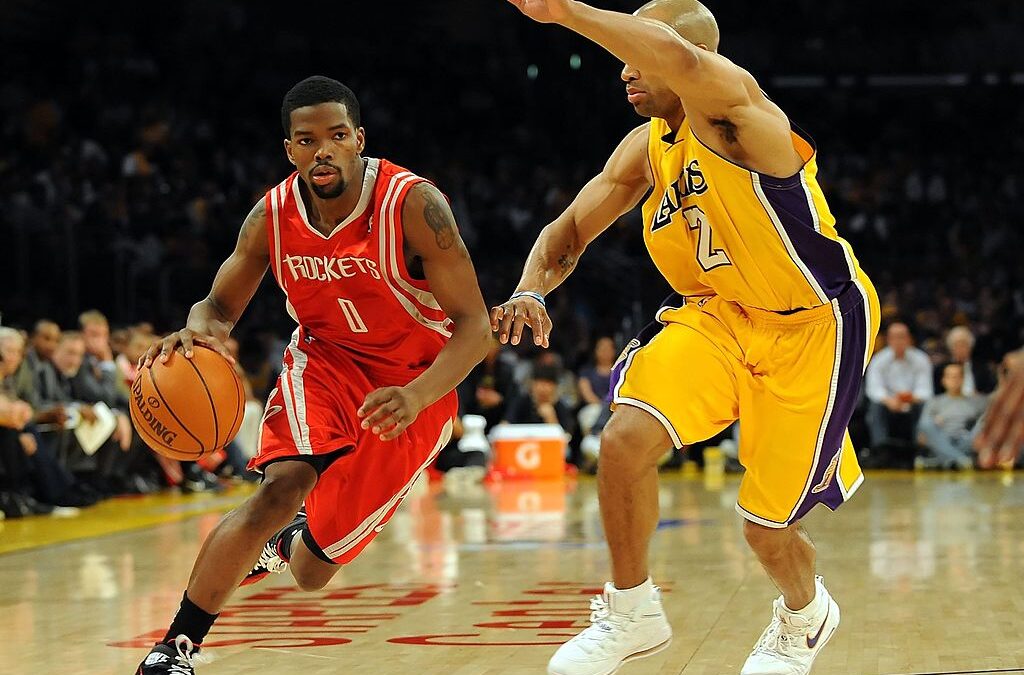
Brooks is an example of a role player who stepped up overnight to become a day-to-day starter and became his team’s number one guy, but then fell off just as quickly as he had risen to his peak.
In 2009-10, Brooks would play in and start every game for the Rockets, averaging career highs in PPG (19.6), SPG (5.3), and MPG (35.6), while also adding 2.3 RPG and shooting a 43.2 FG% and 39.8 3P%. In doing so, Brooks was awarded the NBA’s Most Improved Player.
Brooks was never able to recreate his 09-10 season, and he was out of the league after 2018. Other than this season, Brooks would never have more than 12 PPG or 30 MPG.
Jonny Flynn (2009-2010)
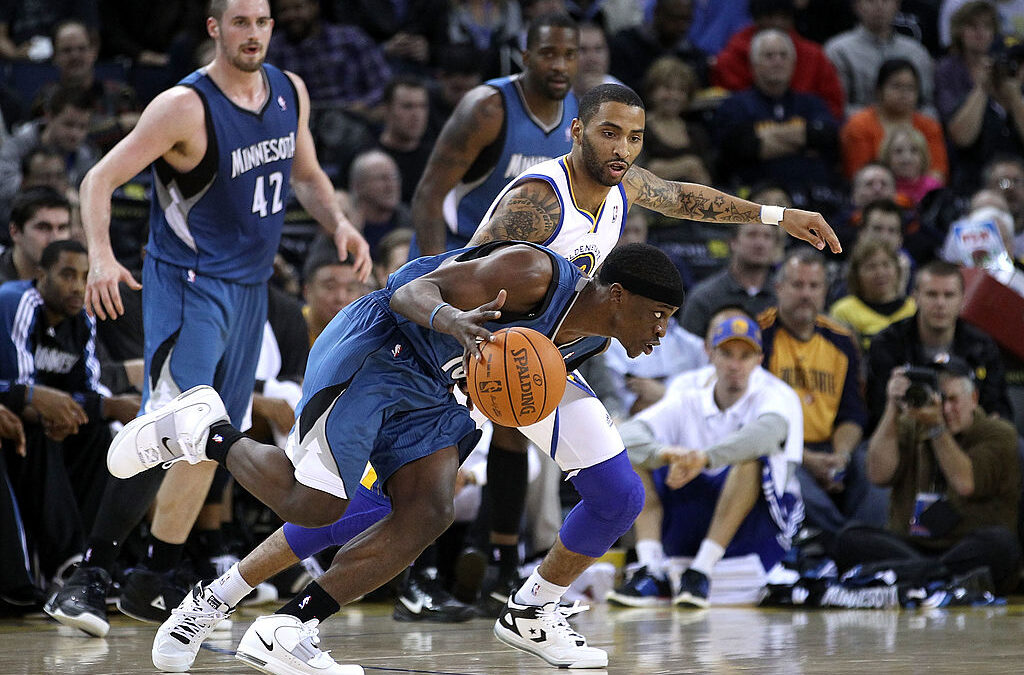
Flynn is probably most famous for being drafted with the pick directly before Stephen Curry, especially considering how his career turned out.
In his rookie season, Flynn set what would be career highs in nearly every major stat, averaging 13.5 PPG, 4.4 APG, 2.4 RPG, and 1.0 SPG with a 41.7 FP% while starting 81 games.
The future looked bright for Flynn, but a hip injury during the summer of 2010 would set him back, and he would never average more than 5.3 PPG throughout the rest of his career. Flynn would be out of the NBA after 2012, and he would be out of professional basketball after 2014.
Bill Walton (1977-1978)
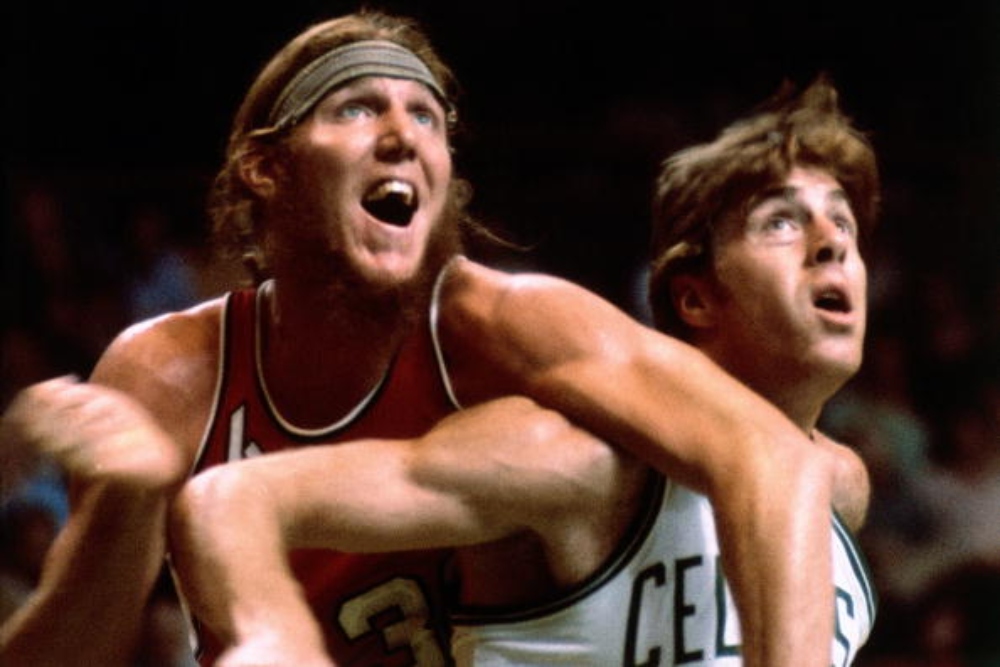
It might be surprising to see a Hall of Famer on a list of the NBA’s greatest one-year wonders, but that is the reality for Bill Walton. Walton was the 1978 NBA Most Valuable Player, and he was a two-time champion and All-Star. However, his career was marred by injuries, and outside of the 1977-78 season, he was never truly able to show what his potential really was.
In the 77-78 season, Walton would only play in 58 games, missing 24 due to a broken foot. However, he would still win MVP, while averaging 18.9 PPG, 13.2 RPG, 2.5 BPG, and a career-high 5.0 APG. He would be nominated as a member of the All-NBA First Team and the All-Defensive First Team.
Walton’s Trail Blazers would win 58 games and end the season with the best record in the NBA, but in the playoffs, he would break his left ankle in the second game of the first round, in what would turn out to be his final game in Portland. Following the season, Walton would demand to be traded and would end up holding out the entire 1978-79 season before signing with the San Diego Clippers.
However, Walton’s career would never be the same. Repeated injuries to his knees and feet meant that he would never start more than 46 games in a season ever again. He did enjoy a small resurgence with the Boston Celtics in the 1985-86 season, winning Sixth Man of the Year and playing in 80 games while winning his second championship, but he would only play in ten regular-season games in 1986-87, which would end up being his final season.
Walton is a deserving Hall of Famer, but his 77-78 season makes you wonder what might have been had his career not been as plagued by injuries as it was.
Victor Oladipo (2017-2018)
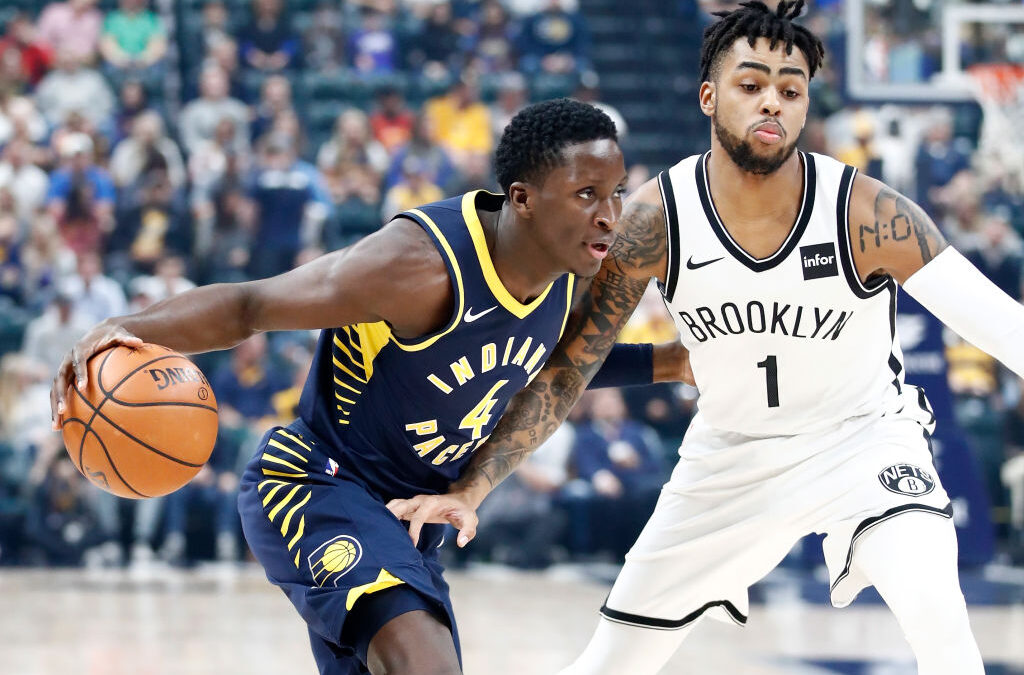
The two-time All-Star broke out during the 2017-18 season, winning Most Improved Player following a trade to the Indiana Pacers. In 75 games, Oladipo was able to achieve his first of two All-Star appearances, averaging 23.1 PPG, 5.2 RPG, 4.3 APG, and a league-leading 2.4 SPG. In the first round of the playoffs, the Pacers would draw the Cavaliers, and, largely thanks to Oladipo, the Pacers were able to push the games to seven games before losing.
Since 2018, when he has been on the court, Oladipo has still largely been the same player, but he has only played 40 games once. Knee injuries have derailed his once-promising career, something that is becoming all too common.
Isaiah Thomas (2016-2017)
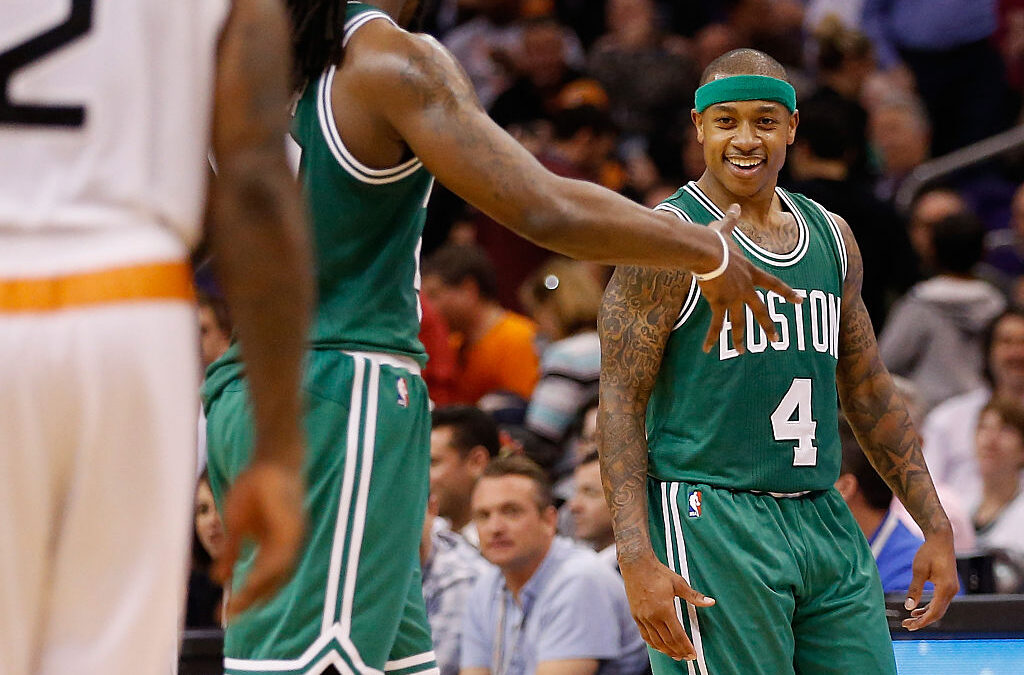
The final pick of the 2011 draft is a two-time All-Star, with those awards coming in 2016 and 2017. His two seasons with the Boston Celtics were great, but his 2016-17 season is the one that truly stands out.
In 76 games, Thomas was able to average 28.9 PPG, 5.9 APG, and 2.7 RPG on a career-high 46.3 FG% and 37.9 3P%. In the playoffs, he started all 15 of the Celtics’ games he appeared in, before injuring his hip in the second game of the Eastern Conference Finals against the Cleveland Cavaliers.
For his efforts, Thomas placed fifth in MVP voting. However, he would never be able to recreate his success in Boston; after a trade to the Cleveland Cavaliers in exchange for Kyrie Irving, Thomas reaggravated his hip injury and was never the same player. His run for the Celtics in the mid-2010s will be remembered as a fun one, and, especially given his small stature (he stands at 5’9” tall), one of the most improbable to predict in recent history.
Greivis Vasquez (2012-2013)
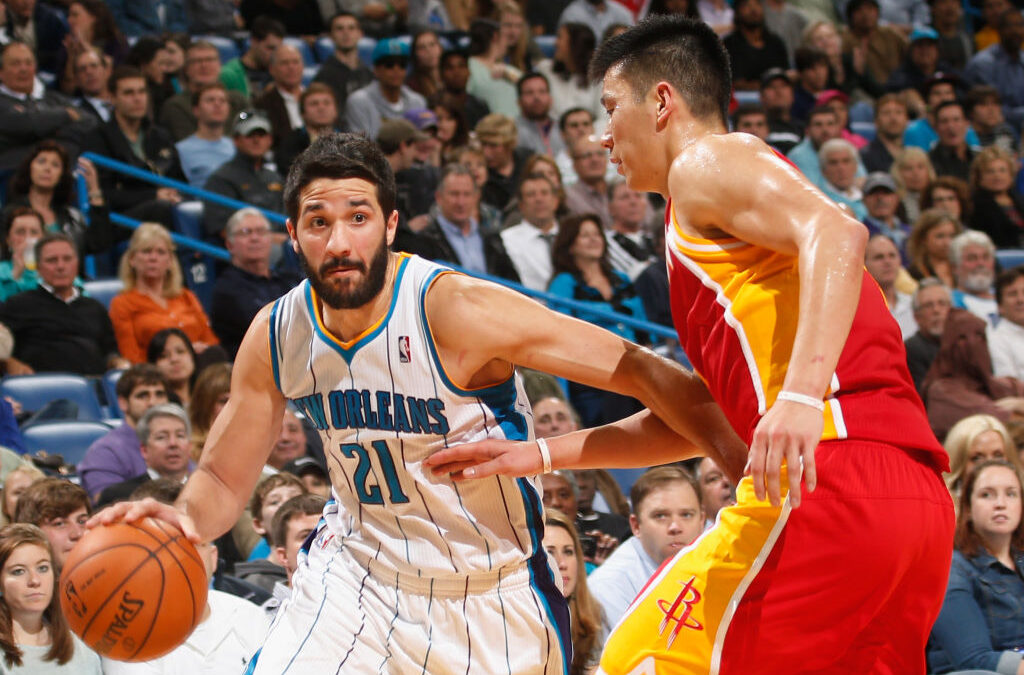
The Venezuelan was never someone who you would want to count on to be your number-one guy, but for one season in 2012-13, he turned the New Orleans Hornets into a team worth watching, even if they were not a great team.
His stat line reads as follows: 13.9 PPG, 9.0 APG, and 4.3 RPG on 43.3FG%; all were career highs. He would finish second in voting for the Most Improved Player award, and that would be where it would end.
In July 2013, Vasquez was traded to the Sacramento Kings, who would then trade him to the Toronto Raptors in December. He would play for the Raptors until the end of the 2015 season, where his only major achievement was hitting a game-tying three near the end of Game 1 of the first round of the playoffs. After that, he would never start another game, and he was out of the league after 2017.
Devin Harris (2008-2009)
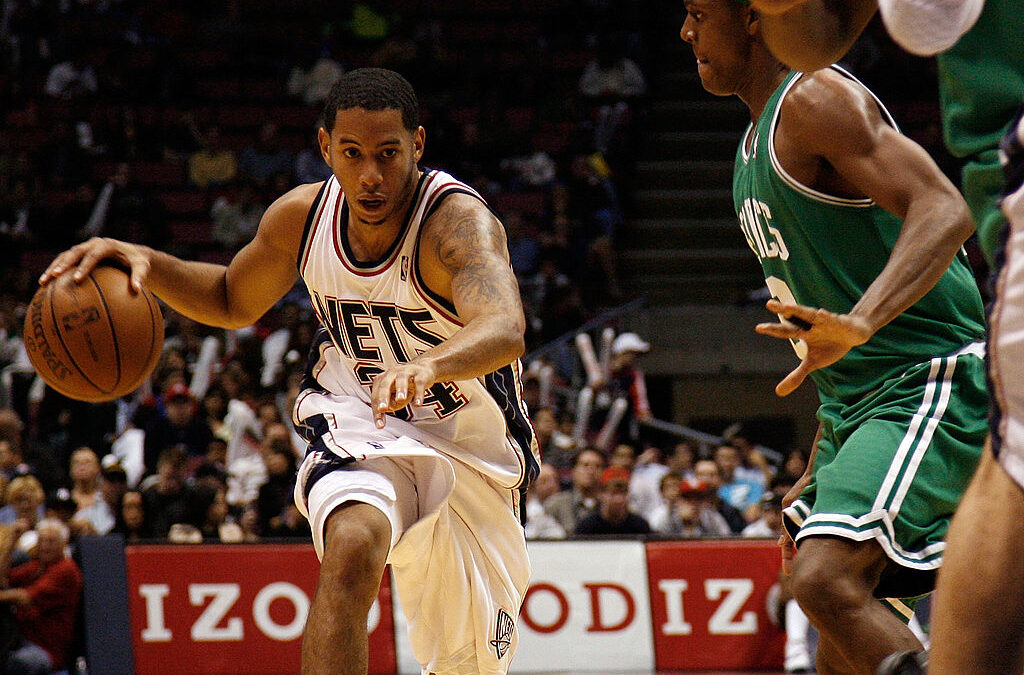
Following a trade to the New Jersey Nets in early 2008, Harris would end up having a career year, becoming an All-Star and making himself into a household name.
Despite injuries that limited him to 69 total games on the season, Harris’ 2008-09 season saw him become an All-Star for the only time during his career. In his 69 games, Harris averaged 21.3 PPG, 6.9 APG, 1.7 SPG, and 3.3 RPG on 43.8 FG%.
The following season, the Nets started out by losing their first 18 games, and Harris wound up missing a significant portion of the season due to injuries to his shoulder and ankle. After that, he was never the same player.
He also had significant injury issues throughout the rest of his career, never starting more than 63 games in a single season after 08-09 and missing 20 games in six of his remaining seasons before being out of the league after 2019.
Zion Williamson (2020-2021)
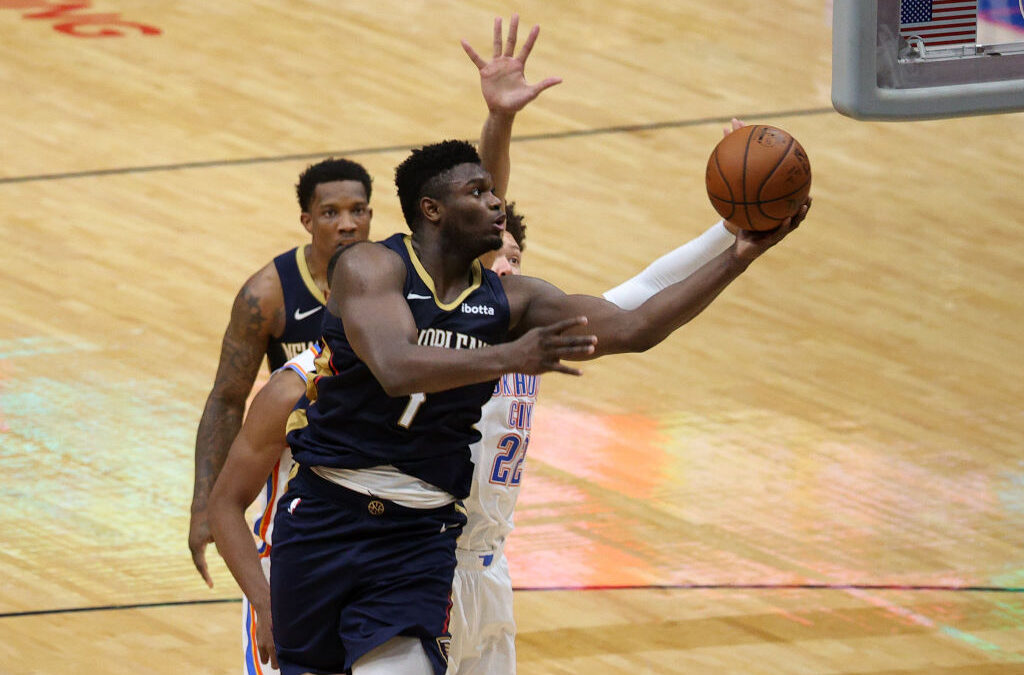
It may seem premature to place a player who is only 23 years old on this list, but such is the case for Zion Williamson. Williamson’s 2020-21 season was nothing short of spectacular. He achieved his first All-Star nomination, and he averaged 27.0 PPG, 7.2 RPG, and 3.7 APG on 61.1 FG in 61 games.
Just like Walton, Williamson has had the issue of being extremely good, but being injured for significant periods of time. In his rookie season, he was named to the All-Rookie First Team despite only playing in 24 games after tearing his meniscus in the preseason and dealing with the shortened season due to the outbreak of the COVID-19 pandemic.
He missed the entirety of the 2021-22 season due to a broken right foot, and this past season he only played in 29 games before missing the rest of the season due to a hamstring injury.
His play has been spectacular, and he was rightfully rewarded with a five-year contract extension in July 2022 worth up to $231 million. However, as to this point in his career, it is unfortunately accurate to refer to him as a one-year wonder.
Josh Richardsdon (2018-2019)
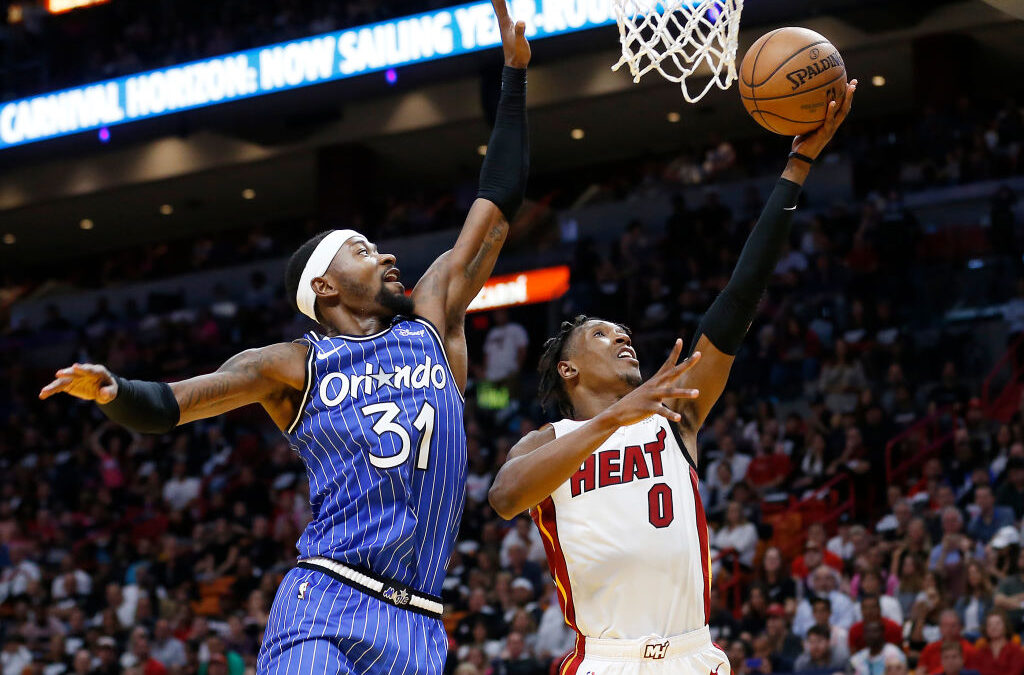
In his first two seasons, Richardson was mostly a role player before taking over a starting role for the Miami Heat starting in the 2017-18 season. It was in the 2018-19 season, however, that he truly broke out.
Despite missing nine games at the end of the season due to heel and groin injuries, Richardson averaged 16.6 PPG, 4.1 APG, 3.6 RPG, and 1.1 SPG while playing a combination of shooting guard and small forward.
However, since 2019, he has only played 60 games once, and he lost his role as a starter in 2021 after being picked up by the Boston Celtics. Even when he has been on the court, Richardson has not been able to return to the expectations that came after his 18-19 season.
Michael Adams (1990-1991)
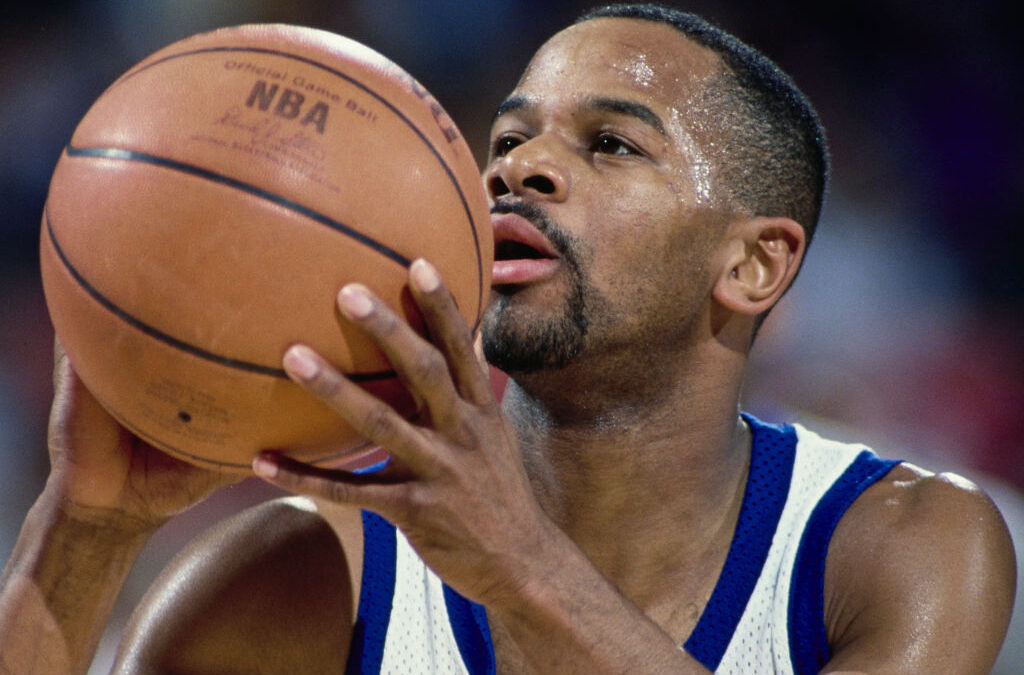
Despite receiving an All-Star nod for his 1991-92 season with the Washington Bullets, it was his 1990-91 season with the Denver Nuggets that was the better season.
In the 90-91 season, Adams averaged 26.5 PPG, 10.5 APG, 3.9 RPG, and 2.2 SPG, all career highs except for the rebound total while playing in 66 games. After the 90-91 season, Adams was traded to the Bullets, where he would still be a solid player, but he was never able to repeat the successes of his 90-91 season, gradually averaging less PPG in each of his remaining seasons until he retired following the 1995-96 season with the Charlotte Hornets.
Adams’ decline was not due to injuries, though he dealt with minor injuries throughout his entire career. He was just someone who caught fire for a season and was never able to replicate it.
Bobby Simmons (2004-2005)
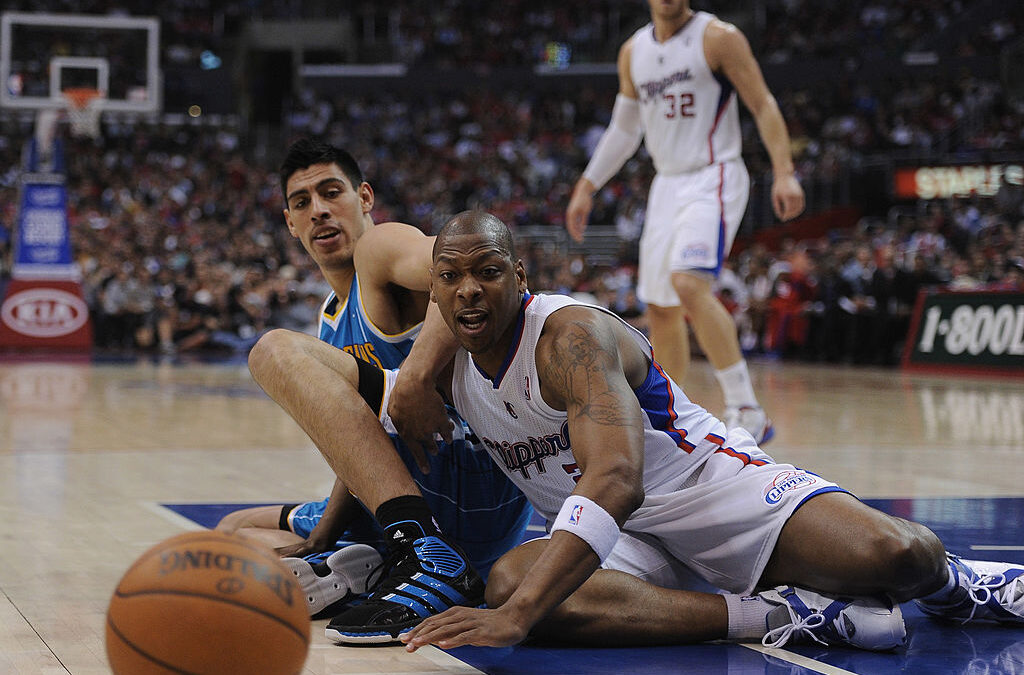
The 2001 second-round pick carved out a nice career in the NBA, lasting in the league for 11 seasons and winning the Most Improved Player award in 2005, his one great season in the NBA.
In the 2004-05 season, Simmons averaged career highs in PPG (16.4), RPG (5.9), APG (2.7), and SPG (1.4), and had a 46.6 FG% on a Los Angeles Clippers team that missed the playoffs by eight games.
In August 2005, Simmons would sign for the Milwaukee Bucks, but he would struggle to put up the same production. He also dealt with injuries, missing the entire 2006-07 season due to an ankle injury and two surgeries on his feet, and he would be out of the league after 2012.

